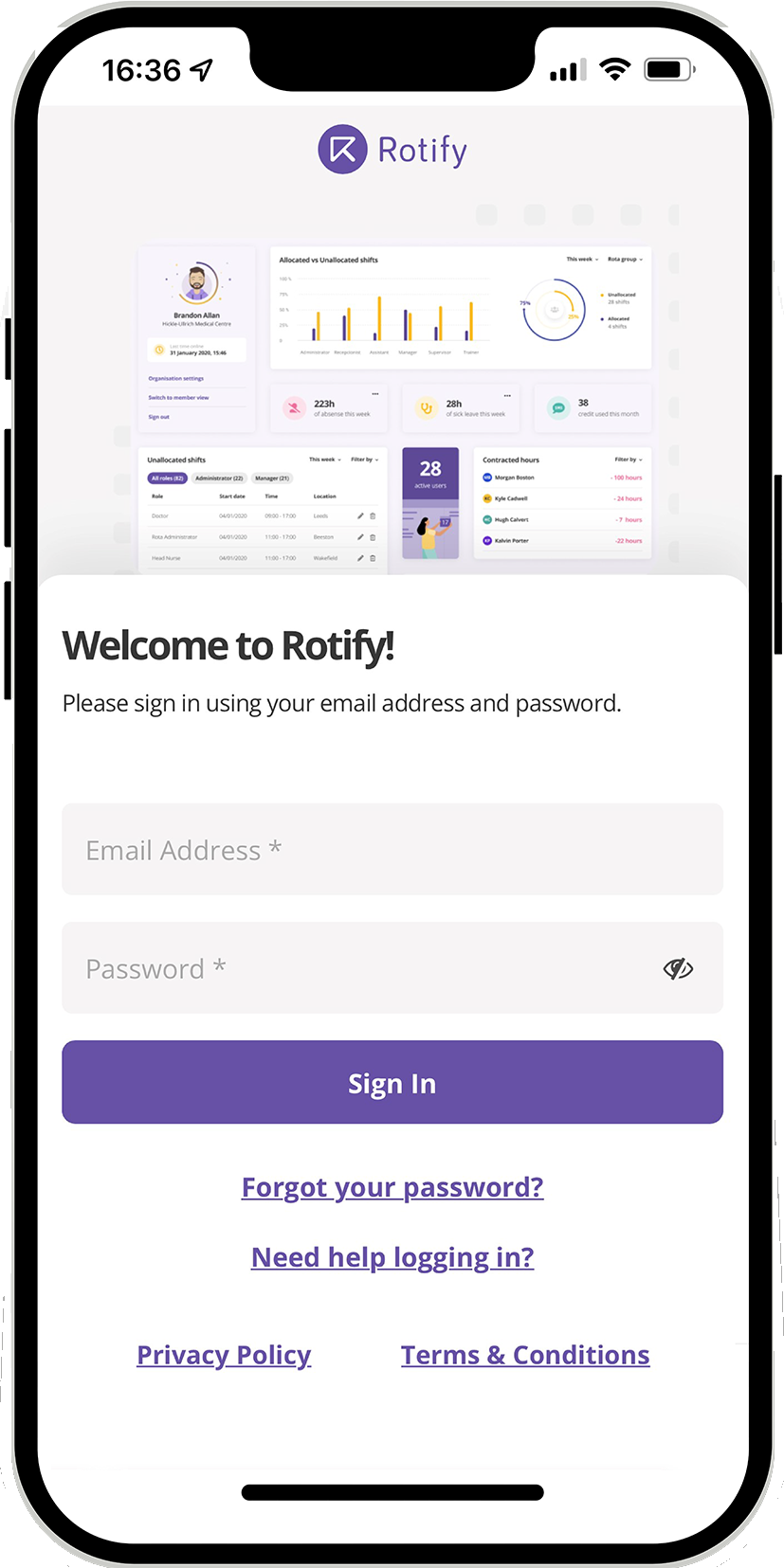Essential tips for managing remote teams
Many of us are still working from home and wish to carry on doing so at least for some of the time.
But what next?
If remote working is here to stay for the long-term, we may need to think more carefully about how we cope with the challenges of remote working now we’re in it for the long haul. Naturally we all want confident and connected workers who are happy and producing great work. We don’t want team members feeling lonely or disconnected from the team they are part of. Managing remote teams needs a careful and proactive approach.
Here are some top tips for managing a remote team.
The right equipment Make sure everyone has appropriate equipment to be able to work effectively at home. Starting with a desk and suitable chair, make sure staff are comfortable and do what you can to help them set up at home.
Training and learning Don’t neglect staff’s training needs. If you’ve introduced new ways of working or new tools to enable remote working, make sure they know how to use them effectively. If not make training easily available.
Think of ways your staff can carry on learning from each other even though they’re not sharing the same office space. This is where your open communication channels come in.
Methodical communication Getting the balance right is key to remote communication. You don’t want to go overboard but equally checking in frequently is important – not only to check on work in progress but also to check how people are feeling. You should vary the type of communication between team catch-ups to individual informal conversations. Make sure people know what to expect and be methodical.
Choose the right tools It is helpful to have as much communication online as possible, that means avoiding lots of private messaging for example. If ideas or concerns are shared and public as far as possible, it is easier for people to feel included and part of decision-making.
Whether it’s Slack. WhatsApp or Google Docs, decide what tool you are going to use for each type of communication and stick to it. Test different tools to see what works best for you and your team.
Set out your expectations You’ll need to set out what you expect by way of working hours, breaks, response times etc. Will you allow your team to work flexible hours or will they be expected to stick to their usual working hours? It can work best to have some set core hours so that people know when you and other team members are going to be available.
Make time for face-to-face social interaction Some productive face-to-face time is important. As much as we can plan for social chit chat on weekly video calls, it is never the same as through social conversations you would normally have at the coffee machine in the office. You may want to have monthly team meetings in person or a face-to-face social gathering.
Become a better listener Listening to your staff as you would if you were all in the office is perhaps now more important. As a manager you will need to tune in to what your team members are saying to each other. You will also need to lend an ear to listen to how people are feeling about their working arrangements.
Schedule your staff Your industry may not have traditionally had a staff rota but this may be helpful if you have staff now working more flexibly. It can help to see who is working when in making plans for meetings and holidays. It could actually be a game-changer for office teams now working remotely.
Get in touch todayMore News


